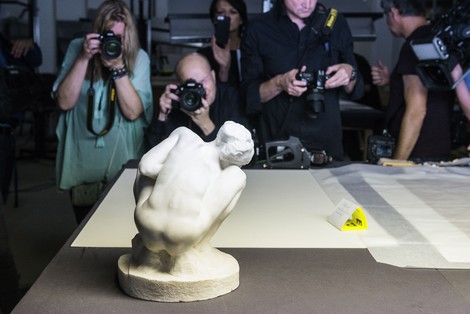Your podcast discovery platform
Curious minds select the most fascinating podcasts from around the world. Discover hand-piqd audio recommendations on your favorite topics.

piqer for: Global finds Technology and society Globalization and politics
Elvia Wilk is a writer and editor living in New York and Berlin, covering art, architecture, urbanism, and technology. She contributes to publications like Frieze, Artforum, e-flux, die Zeit, the Architectural Review, and Metropolis. She's currently a contributing editor at e-flux Journal and Rhizome.
Showing The Art, But Effacing The Victims
Hildebrand Gurlitt was an art dealer, curator, and historian born in 1895. He was also a Nazi who amassed an incredible collection of art during the Third Reich, in large part by seizing objects from private collections and public museums.
In 2013, Gurlitt’s collection, totalling more than a thousand pieces (the principle being “quantity over quality”), was discovered in a Munich apartment. Two recent exhibitions in Bonn and Bern made his collection accessible to the public for the first time. In a historical deep-dive and ethics examination masquerading as an art review, James McAuley describes how the exhibitions end up effacing as much as they expose.
In his opinion the fundamental problem is that the original owners of the artworks, many of whom were swindled, robbed, and even murdered, are not present in the show: only the specter of their belongings. He writes:
“Victims like Mandel, who were nowhere to be seen, absent even in a space consecrated in their honor. What we saw instead was the specter of Hildebrand Gurlitt, the dealer who swindled them all.”
This fascinating, thoroughly researched, and somewhat introspective essay provides a window into the complex implications of trying to treat artwork both as transcendent object with universal value and as a record of the historical situations that produced it.
